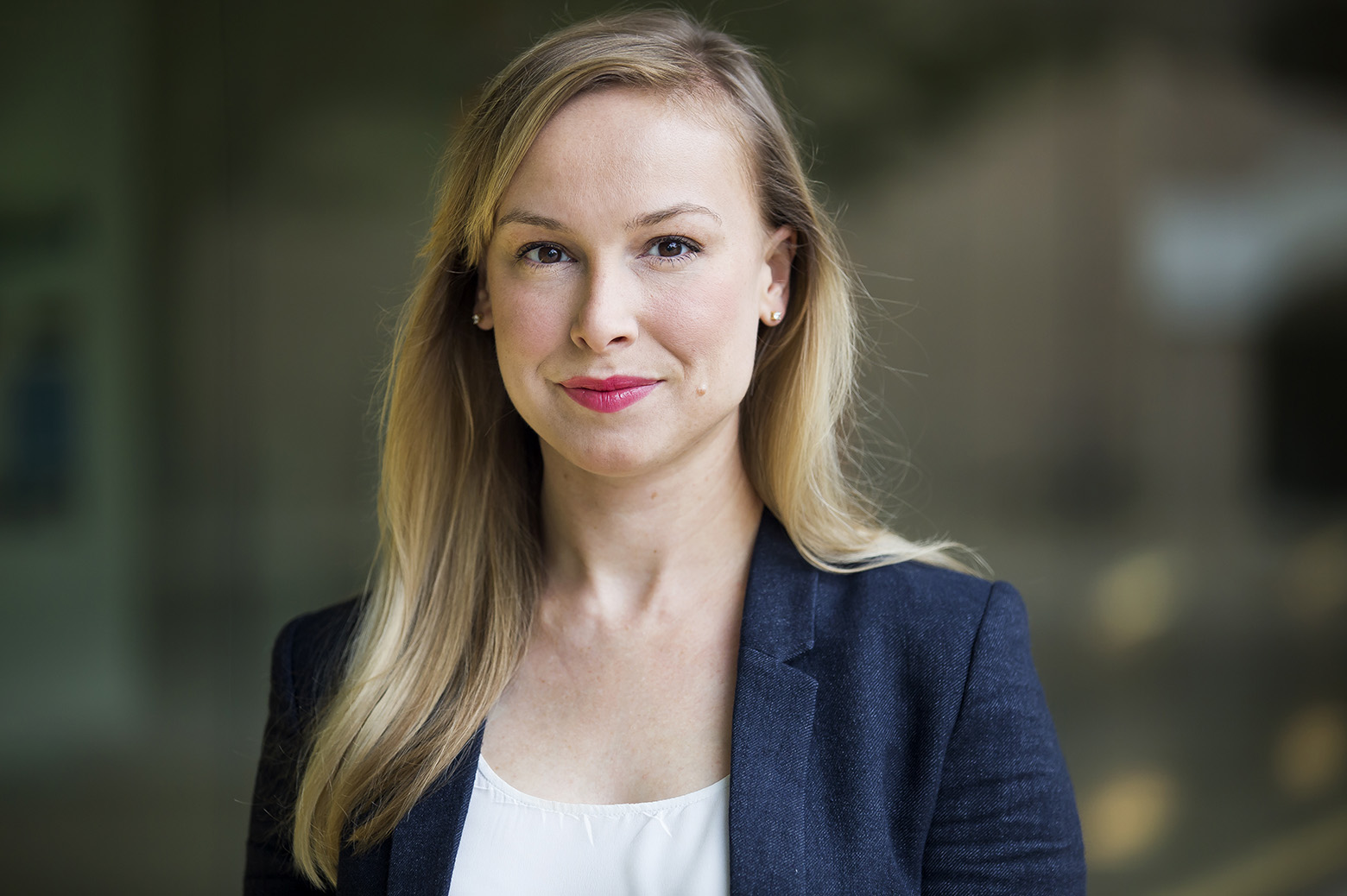Healthcare and Big Data: 3 Questions with Jenna Wiens
This is an interview with Dr. Wiens, who is affiliated with the Michigan AI Lab and is also a member of the Institute for Healthcare Policy & Innovation.

What are you thinking about?
I’m interested in developing computational methods to transform health data into knowledge with actionable clinical applications. I lead the Machine Learning for Data-Driven Decisions (MLD3) research group, composed of researchers in computer science. Working closely with clinicians, we aim to augment clinical care. We bring the methods and expertise in machine learning, big data, and artificial intelligence (AI), and the clinicians bring the data and the healthcare problems in need of attention. Working together, we can come up with solutions, with the ultimate goal of changing clinical practice and improving patient outcomes.
We’re working on many different areas of health – everything from inpatient hospitalization to outpatient wearables. The opportunities for AI in health are vast, and from a technical perspective, the number of challenges is seemingly unlimited.
Why is this interesting to you?
Machine learning is the study of methods for automatically detecting patterns in data. These approaches shine when working with massive and complex datasets that electronic health records represent. Medical settings collect an immense amount of data through patient encounters – everything from what medications a patient’s on to what procedures they’ve undergone, to their location in a hospital, and who is looking after them.
We try to leverage these sources of data by working backwards in collaboration with clinicians to identify a problem for which the data are relevant, and then develop machine-learning and data-mining techniques to try to solve the problem.
We’re also interested in the technical challenges that come with working with longitudinal data – implicit in following patients over time – and work to develop new methods to solve those challenges.
What are the practical implications for healthcare?
A lot of our work focuses on developing methods for predicting adverse outcomes, particularly during a hospitalization. For example, we’ve developed machine learning models that can predict a patient’s risk of developing Clostridium difficile (C. diff) infection much earlier than existing methods, and can be tailored to accommodate different patient populations, different EHR systems and other institution-specific factors.
We’re also collaborating with Michael Sjoding and others in the Michigan Integrated Center for Health Analytics and Medical Prediction (MiCHAMP) on developing and improving a model that can predict the onset of Acute Respiratory Distress Syndrome (ARDS) throughout a hospitalization better than the best clinical techniques currently used, by using routinely collected electronic health record (EHR) data.
We’re also developing techniques for modeling patient trajectories to better understand the progression of various diseases, including Alzheimer’s, type 1 diabetes and cystic fibrosis.
One of the big challenges is developing tools that are not only accurate, but also interpretable and robust. That gets into questions of implementation science and translation. You can integrate these the models into the EHR to automatically compute a patient’s risk for a particular outcome. But then the question becomes, who’s the right person to show those data to? Is it the physician? Is it the nurses? Is it the hospital’s infection prevention and control team? Is it antimicrobial stewardship team? That’s where it gets more application-specific and also where the clinicians play can help determine what’s most actionable in the model, how to refine the model, and how to best utilize it.
We’ve seen a tremendous uptick in opportunities to address various issues in healthcare with recent advances in terms of our ability to collect and store health data, clinical data in particular, and by working together in interdisciplinary teams we can begin translating back to the bedside and improving patient outcomes. That’s the fundamental goal.